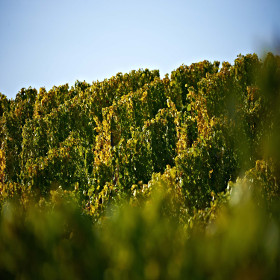Weingut Wissgott
GUTER WEIN ROCKT! Deshalb zaubern wir aus unseren Trauben, viel Liebe, Leidenschaft und Rock'n Roll unsere tollen Weine. Wir füllen sozusagen unser gepresstes Herzblut in Flaschen ab! Unser Weingut liegt im kleinen, aber feinen Ort Gundheim im schönen Rheinhessen. Als Familie, besser gesagt als Ehepaar, rocken wir zu zweit das Winzer-Dasein, bewirtschaften ca. 11 Hektar und bringen unser Weingut mit neuen Ideen immer weiter voran.














